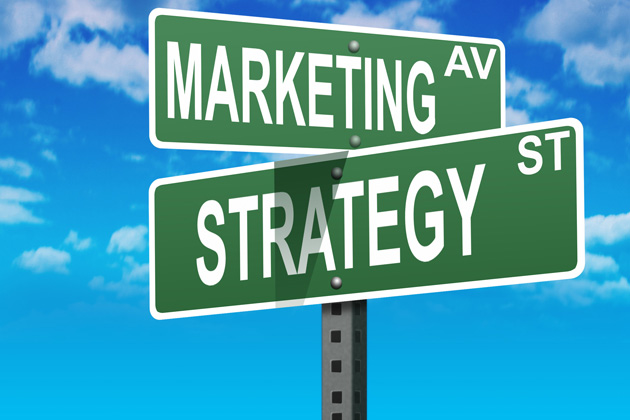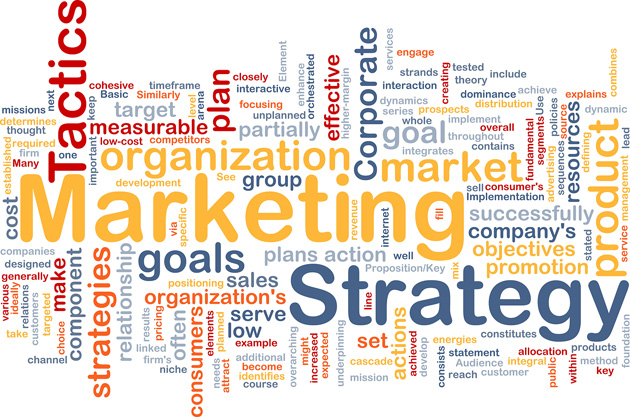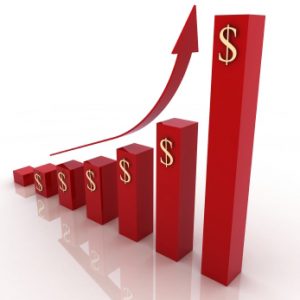
While I can’t speak about what goes on in Europe, it seems that a fair percentage of U.S. television commercials now contain an EDM track to it – a bit of dubstep in a video game advertisement, a Feenixpawl song accompanying the Kia Soul hamsters, or Diplo-produced Alex Clare track “Too Close” to give more relevancy to Internet Explorer.
The surge isn’t sudden; rather, the growth has been gradual over the past two years, with marketers realizing that the sounds and demographic are worth considering.
On one hand, you’ve got companies like the NYC-based Remix Your Brand that connect producers and artists looking to add EDM sounds to commercials and advertisements. In fact, the company’s mission statement reads:
“It’s impossible to ignore the sound sweeping the nation. Fans are flocking to stadiums, lining up to see their favorite DJ’s. The Grammy’s are being taken over by electronic producers, and electronically influenced music is common pulse in just about every trendy bar and social setting.”
While the producers showcased on its website are relatively unknown, Remix Your Brand’s campaigns are impressive: a bit of dubstep wobbles for Nintendo, something electro- and trance-sounding for Bloomingdale’s, and old school house with The Hills’ Audrina Partridge shilling for Bongo.
 However, while Remix Your Brand is an extremely niche concept, music industry big wigs like Russell Wallach, President of Live Nation Media and Sponsorship Division, tout the advantages of considering the EDM demographic. In a MediaPost.com piece, for instance, Wallach discusses how brands need to ingratiate themselves with festival entertainment and EDM lifestyle and take producers’ social media fervor – and subsequent fan engagement – into account.
However, while Remix Your Brand is an extremely niche concept, music industry big wigs like Russell Wallach, President of Live Nation Media and Sponsorship Division, tout the advantages of considering the EDM demographic. In a MediaPost.com piece, for instance, Wallach discusses how brands need to ingratiate themselves with festival entertainment and EDM lifestyle and take producers’ social media fervor – and subsequent fan engagement – into account.
So, excluding the big picture fact that EDM gained more visibility in 2012 and 2013, why do marketers suddenly care about the genre and its fans?
1. Rapidly Growing Sales
Where there’s money, there’s opportunity. The International Music Summit Business Report 2013, released in May, revealed that EDM, as a global industry, is now worth $4.5 billion annually.
 Although a small amount (just $750 million) comes from direct brand sponsorship and products, like DJ-endorsed software and equipment to Avicii’s partnership with Ralph Lauren, music sales in the U.S. and U.K. truly show just how popular the genre is.
Although a small amount (just $750 million) comes from direct brand sponsorship and products, like DJ-endorsed software and equipment to Avicii’s partnership with Ralph Lauren, music sales in the U.S. and U.K. truly show just how popular the genre is.
Specifically, the report points out, the EDM grew three times the rate as any other mainstream genre in 2012, primarily fueled by digital sales. In the U.K., on the other hand, album sales from top producers like Calvin Harris and David Guetta made EDM grow for the first time in five years.
At the same time, though, brand partnerships through EDM appear to be symbiotic. As a company takes advantage of a rapidly-growing trend, artists like Avicii, Swedish House Mafia, and Nervo get to promote their latest music through another highly-visible platform.
Coupled with this aspect, an Eventbrite survey pointed out over the summer, the genre’s fans have increasing purchasing power.
2. It’s Where the Millennials Are
It’s rather apparent that advertisers don’t really understand Millennials, or the group of people dubbed Generation Y that have been entering the workforce since the mid-‘00s or now face long-term unemployment or underemployment. If a brand can’t sell high-priced items to a large demographic with varying or minimal purchasing power and if adding hipsters to a commercial makes viewers just roll their eyes, going after EDM seems like the next-best thing.
 Why, considering the myriad of genres in the U.S. with more visibility and better record sales? For one snapshot, a recent MTV Insights survey shows that 62 percent of Millennials listen to EDM and 89 percent acknowledge the genre’s visibility.
Why, considering the myriad of genres in the U.S. with more visibility and better record sales? For one snapshot, a recent MTV Insights survey shows that 62 percent of Millennials listen to EDM and 89 percent acknowledge the genre’s visibility.
But even with lesser purchasing power than the Boomers and even Gen X, Millennials have created this hyper-connected world through social media, one in which the DJs and producers themselves are actively involved in.
Social media, beyond the participative and fan engagement aspects of the Eventbrite survey, has a ubiquitous aspect on EDM brands. As the IMS Business Report 2013 details, the medium lets the DJ or producer offer something to fans – a new track, an update, or even a retweet – and the fans, in return, give back in the form of a “like” or buying an album that streamed for free.
As an example of this relationship, the report focuses on U.S. festivals. Even once Ultra or EDC has passed, “after movies” encourage engagement and, thus, lead to more followers. Expanding the festival’s length or locations – UMF’s two-weekend move in 2013, TomorrowLand becoming TomorrowWorld, and EDC’s tour – further increase engagement and lead to more ticket sales.
However, twentysomethings aren’t the only ones caught up in mainstream EDM culture. For a VICE piece, writer Olyvia Salyer describes how the ever-changing genre reaches a broad demographic swath from tweens through adults.
3. DJs Get Involved and Give Back
Throughout all this, producers (or their ghost producers) might as well be considered kings of content marketing – a lame buzzword, yes, but it’s a significant aspect toward engagement. “Content,” in this case, is the number of tracks and tweets a producer puts out, thus holding fans’ attention spans.
In discussing Social Media Week panel “I Know The DJ: How Social Media Has Fueled the Explosive Growth of EDM in America,” Eugene Farber talks about how producers continue to remain ahead with the latest technologies and regularly, at least through Soundcloud and official releases, put out new music. This approach keeps fans engaged, preventing them from moving onto something else.
 Just how much content do EDM artists generate? Beatport.com reports that 22,000 songs per week come out through its platform alone. Consider the myriad of previews, unofficial remixes, and unfinished tracks out regularly on Soundcloud, and when you look at the big picture, producers put out an immense amount of content for fans to consume.
Just how much content do EDM artists generate? Beatport.com reports that 22,000 songs per week come out through its platform alone. Consider the myriad of previews, unofficial remixes, and unfinished tracks out regularly on Soundcloud, and when you look at the big picture, producers put out an immense amount of content for fans to consume.
But at the same time, DJs and producers themselves are brands, and as many 2013 Winter Music Conference panels touched on, they have to keep fans engaged through social media. Going beyond just putting out new music, producers and artists connect personally with fans. Diplo’s 30 tweets per day, on average, is a far cry from the pre-2000 mail-only fan clubs and unofficial forums.
While there’s a certain phoniness in major brands adopting EDM, marketers’ approach at least partially makes sense when appealing to a demographic of limited purchasing power, intense personal branding, and hyper connectivity. And, at least on a personal level, I’d rather hear brostep in a commercial than listen to an ironic couple of twee hipsters unironically shilling for Hyundai every 30 minutes around Christmas.




